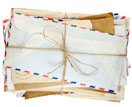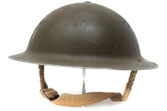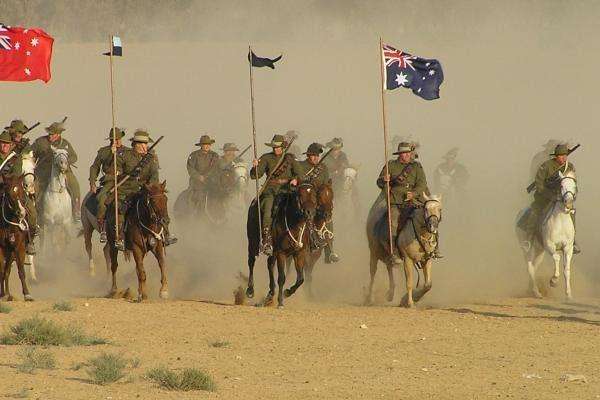Back to the Source

Primary sources are the raw materials historians use to construct a picture of the past. This resource takes students on a journey of discovery through original source materials in order to find out what happened at key moments in Australia’s experience of war.
Introduction
Looking beyond the words of historians and academics, this web resource introduces students to a rich and diverse range of source material and asks them to find out what happened - to be historians themselves. They will establish the facts around an event, look at various interpretations, draw conclusions and make creative responses to a guiding question.
Outcomes
After finishing a unit of Back to the source, students will have:
- developed essential source analysis skills for several different primary and secondary source types;
- weighed evidence and developed considered conclusions in response to a historical inquiry;
- discovered more about an important moment in Australia's military history and the role of Australians in war;
- better understood commemoration and the debates around the nature and significance of the Anzac legend; and
- developed their skills in written and verbal expression.

How to use this resource
Back to the source allows you to choose from several different units, each with a different content focus and guiding inquiry question. You can then decide whether the resource will be a teacher-led or student-led experience.
Teacher-led: the whole class can be guided through the resource's webpages, using a large display device such as an interactive white board or projector screen connected to their PC. The questions throughout are discussed in groups or as a class.
Student-led: small groups work together through the resource in their own time. Each group will need a computer or mobile device such as a laptop or tablet. Back To The Source can also be undertaken as an individual assignment, with an extended or creative response.

Choose a unit to begin
Battle of Beersheba
How significant was the Battle of Beersheba, and why? Where does it fit into Australia's memory of the First World War?
